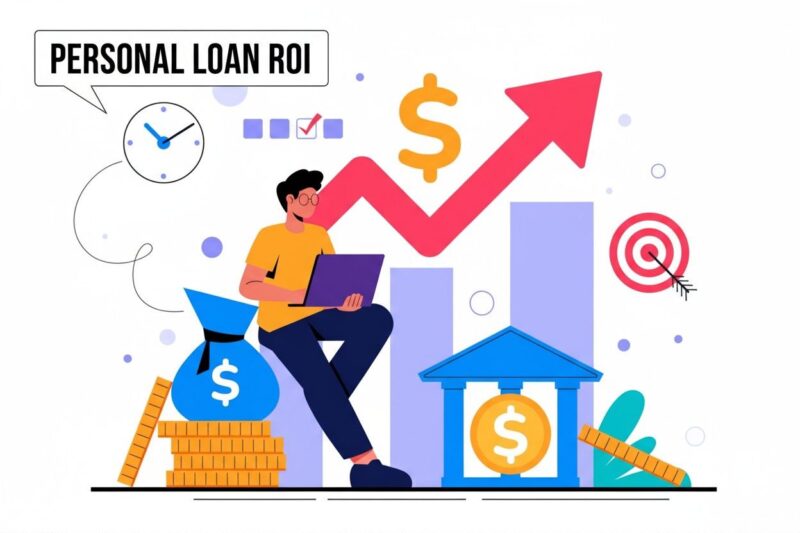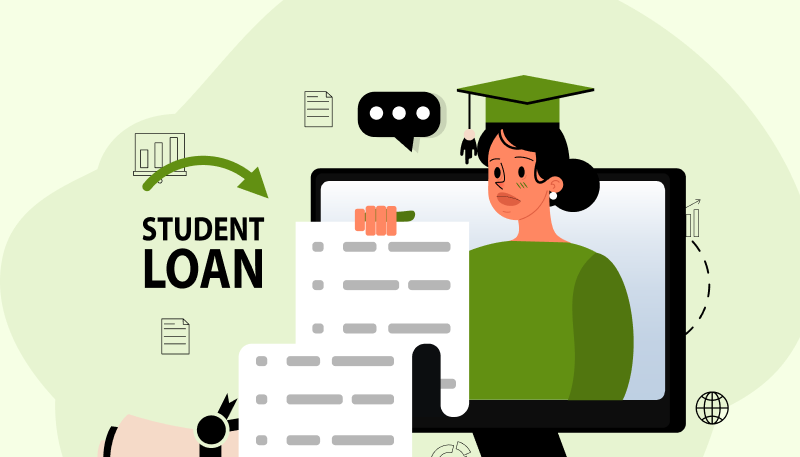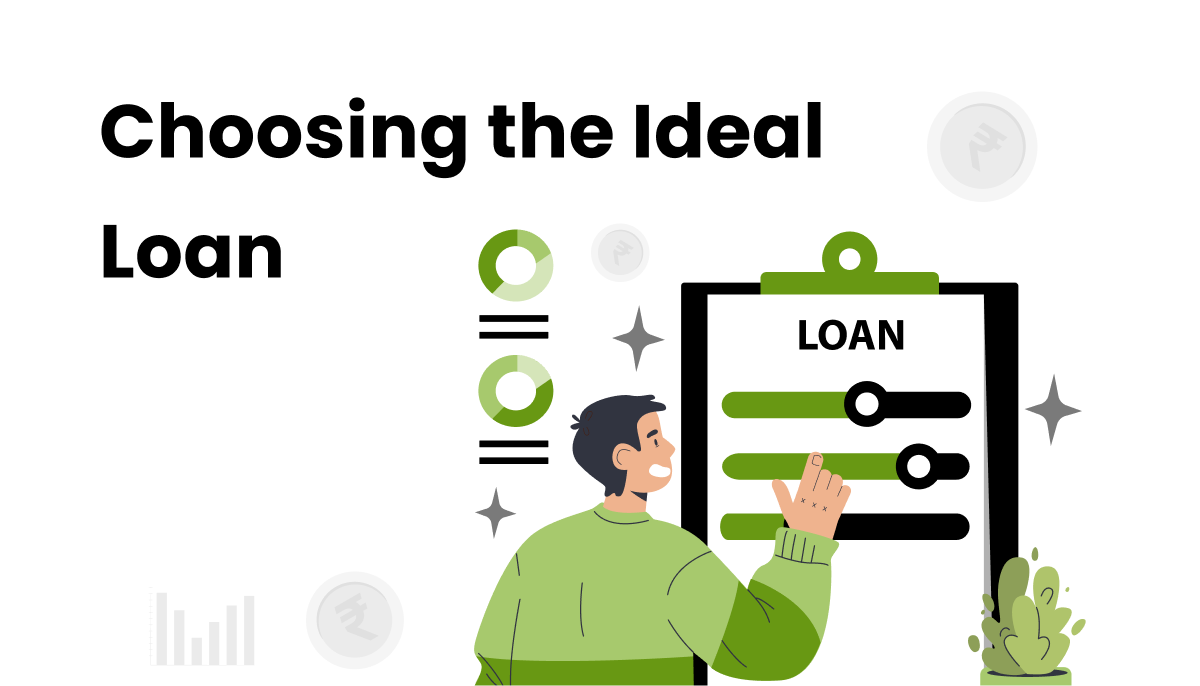Have you ever wondered why your bank suddenly increases or decreases your loan interest rate? One of the main reasons for this is something called the repo rate. It’s a term you might hear often on the news when the Reserve Bank of India (RBI) makes announcements. But what exactly does it mean? And how does it affect your home loan, car loan, or personal loan?
Let’s break it down to simpler terms.
What Is Repo Rate?
Repo rates are the rate at which the Reserve Bank of India (RBI) provides funds to the commercial banks when they face a short cash flow.
Think of it this way, banks borrow money from the RBI in the same way as you sometimes do from a friend if you need some cash. However, they are not given the money for free. They pay interest on that money, and the interest is what is called the repo rate.
When the RBI changes the rate, it has an impact on the interest paid by banks on the money they borrow, and consequently on the interest charged to the customers for loans.
How Does Repo Rate Affect Loan Interest?
Let’s illustrate this with a very simple example.
Imagine that bank financing has helped you buy a house. Now, let’s say the repo rate has increased the costs that banks have to pay to the RBI for borrowing. To recover that extra cost, the banks will raise the interest rates on the loans they have given out, including yours.
On the other hand, if the repo rates decrease, banks pay less interest to the RBI. As a result, they can lower the loan interest rate for customers like you.
| When Repo Rate Increases | When Repo Rate Decreases |
| Loan interest rates go up | Loan interest rates go down |
| EMIs become higher | EMIs become lower |
| Borrowing money becomes costly | Borrowing money becomes cheaper |
Why Does RBI Change the Repo Rate?
Repo rates are not any random figure that the RBI changes at its own will. Rather, it is one of the tools used by the central bank to control inflation and keep the country’s economic balance.
Here is how it works,
- In a situation of price increase (inflation)
The RBI raises the repo rate, which increases loan rates, making it difficult for people and organisations to borrow money. Therefore, the consumption of goods and services slows down and eventually leads to a decrease in prices.
- In a case of economic slowdown
The RBI cuts the repo rate, thereby making the loan rates cheaper and, hence, stimulating the demand for loans by both consumers and businesses and subsequently, it increases the economic growth.
Thus, the repo rate is a sort of instrument that the RBI utilises for maintaining the stability of our economy, not too hot and not too cold.
Types of Loans Affected by Repo Rate
| Loan Type | Affected by Repo Rate? | How? |
| Home Loan | Yes | The interest rate goes up or down depending on the repo rate changes. |
| Car Loan | Yes | EMI changes with interest rate movement. |
| Personal Loan | Yes | Usually linked to repo rate or other benchmark rates. |
| Credit Card Loans | Partly | Some short-term rates may be influenced indirectly. |
How Can You Manage Loans During Repo Rate Changes?
Here are some easy-to-follow suggestions to cope with your loans intelligently during the changes in the repo rate.
Watch RBI announcements closely.
The RBI generally changes the repo rate once every couple of months. Being aware of these changes can make it easier for you to manage your finances.
Consider floating interest rates.
In case you believe that the rates are going down, opt for a floating interest rate loan. So, whenever the repo rate goes down, your EMI also becomes cheaper.
Fixed interest loans can be your choice if the rates are going upwards
If the repo rate is likely to rise, getting a fixed-rate loan will mean you do not have to bear the burden of increased payments.
Make partial prepayments
In case your EMI goes up as a result of the higher repo rate, try to pay a little extra when you can. This tactic can be of great help in lessening your loan load.
Refinance your loan if necessary.
Check if you can change your lender to one that has a lower interest rate if the one at your bank is very high.
An Example
Suppose you borrowed ₹10 lakhs for a home loan with a period of 10 years.
- A 1% hike in the repo rate will trigger a 1% hike in your loan interest rate by the bank.
- This signifies that your monthly EMI could be raised by about ₹600 to ₹800.
- Is that too much in the long run? Well, you might incur an extra payment of ₹70,000–₹1,00,000 for the interest!
This is a clear indication of how much the repo rate influences your loan.
Conclusion
Relying solely on the term repo rate may appear an exceedingly technical subject, yet it exerts a direct influence on your existence. It determines the cost of your house, car, education, and other loans. Whenever there’s an increase in repo rate, your EMIs follow suit. Conversely, there’s a reduction in EMIs with a decrease in repo rate.
Gaining knowledge in this area helps you to make wiser financial choices. Therefore, next time you hear RBI announcing a change in the repo rate, you will clearly understand what it means to have such an impact on your wallet.




